What to Feed a Baby Sparrow: Baby Sparrow Diet Info
When it comes to feeding, a house sparrow takes advantage of immediate opportunities. It will eat and feed on whatever is available. On the other hand, an orphaned baby sparrow without feathers needs care and a proper diet to survive.
Baby sparrows grow rapidly; hence they require proteins to develop appropriately. Finding a natural diet to feed a baby sparrow can be challenging, but they can eat various foods like mealworms, moistened dog or cat food, chopped hard-boiled eggs, oatmeal, or commercial feeding formulas for domesticated birds.
This guide will help you know the most suitable food you can give to a baby sparrow, how often to feed, and tips on encouraging it to eat. Read on.
Baby Sparrow Diet Info
Baby birds have demanding dietary needs. They need a protein-based meal because of the rapid cell growth and feed every 10- 20 minutes for about 12 hours a day. It’s not easy to keep up with such a frantic feeding schedule!
Feeding a nestling can be discouraging, especially if you don’t know the bird’s diet. There are different beliefs on the exact type of food you should feed a baby sparrow. In the wild, baby nestlings are fed almost a total insect diet (solid food) by their parents. A baby sparrow has a high protein need to thrive and grow.
Your first meal option can include making a homemade emergency food formula for the baby bird. Fortunately, some foods are generally accepted as alternative meals for a nestling. For instance, dog or cat kibble, wet or dry cat or dog meal, and puppy chow make an ideal choice.
Additionally, you can include insects and mealworms as emergency baby bird food as they are an excellent source of protein. Pre-made emergency baby bird food is also available in most local pet stores.
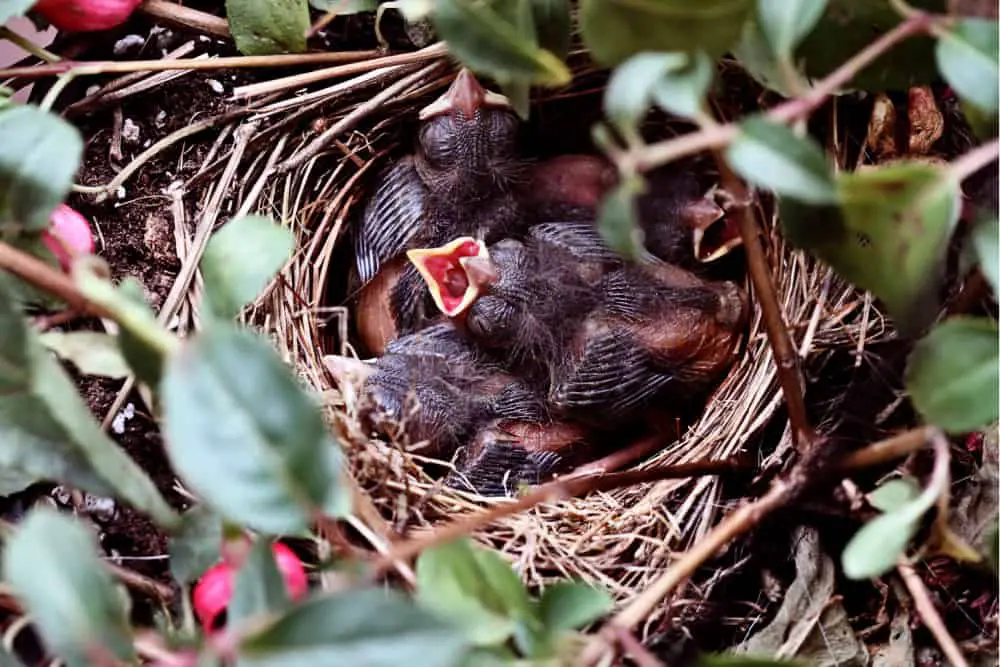
Dog/Cat Kibble Recipe for a Baby Sparrow
Ingredients:
- 1 cup cat/dog kibble
- 2 cups warm water
- Avian vitamins (follow the recommended dosage)
Dog or cat kibble is too large to be fed to a baby sparrow; therefore, there is a need for extra preparation.
- Break the kibble in a blender or food processor into tiny bits. To achieve a smooth, spongy consistency, use one part food to two parts water. It could take you about half an hour to make the right consistency.
- Mix the recommended dosage of avian vitamins with the ground dog/cat kibble. Ensure that the food is suitably moist to avoid choking the bird. The meal will hydrate the bird and increase its chances of survival.
You can make a good starter diet for a baby bird with 60 percent dog or cat food, 20 percent hard-boiled eggs, and 20 percent mealworm. A good brand for a cat or dog food should contain 32 percent protein and a nine percent fat ratio.
Below is a cat/dog food recipe for feeding a baby sparrow. Ensure that you use dry, cat, or dog food. Also include the recommended amounts of avian vitamins in the starter diet.
Dry Dog/Cat Recipe for Baby Sparrow
Ingredients:
- 1 cup soaked cat/dog food
- One hardboiled egg
- Water
- ¼ cup of applesauce
- Avian vitamins (follow the recommended dosage)
- Ground to powder and dissolve 750mg calcium in a little water (use Tums Smooth Dissolve tablet)
Mix all the elements and add enough water to ensure oatmeal consistency or a sponge-like texture. Do not saturate the starter formula with a lot of water as the baby bird can drown. The recipe is easy to swallow and works well for baby house sparrows.
If you don’t have any bird formula handy, you can also mix rice cereal and dilute it with warm water into oatmeal consistency.
Mealworm and Cricket Recipe for Baby Sparrow
Mealworms and crickets make an excellent source of protein for the baby sparrow. You can find mealworms and live crickets in your local pet or bait store.
Ingredients:
- Mealworm from your local pet store
- Live crickets
- A plastic bag
Follow this procedure:
- Before feeding mealworms to the baby sparrow, crush their heads and chop them up.
- Alternatively, seal crickets in a plastic bag and freeze them for ten minutes.
- Take them out from the freezer and give them time to warm up to room temperature.
- By this time, the crickets are dead, and you can now feed them to the baby sparrow. Crickets make an excellent source of water for the nestling. Insects such as flies can lead to acute constipation to the baby bird.
You can also mix a little amount of mashed banana or human baby food to the dog or cat food which makes an ideal homemade emergency food for a baby sparrow. Make tiny sized balls of the food and put it into the nestling’s mouth using a tweezer, chopsticks, or a toothpick. Feed the little one like this for the first couple of days.
Commercial Hand Feeding Formulas
Commercial hand feeding formulas are available in local pet stores. They have clear and easy to follow instructions for mixing and feeding. Put the recommended amount in a small bowl and with water to make an oatmeal-like consistency.
Feed the bird all he wants and discard any leftovers after 12 hours as it could spoil. Continue with the feeding instructions on the formula until he is ready to wean.
Other Sources of Food for a Baby Sparrow
Lean ground meat mixed with a soy-based protein powder or cereal can make an excellent meal for a baby sparrow. It’s a good source of protein and nourishment for a growing bird.
For every three pieces of ground meat, you can add a bit of soy-based protein powder or cereal. Additionally, including an avian multivitamin/mineral supplement will ensure the baby bird receives the appropriate nutritional requirements needed to grow.
Here are some additional things you can give the baby sparrow to make the diet as natural as possible:
- Small-sized grasshoppers – you can find them in reptile supply shops or a local pet store.
- Clean white larvae – are sold in fishing shops and should be fed when the gut is empty.
- Caterpillars
- Dried insects which you can check with your local pet store for supplies
- Supplement the bird’s diet with vitamins and mineral supplements – an avian supplement is an excellent addition that ensure balanced nutrition for your hatchling.
Common Mistakes to Avoid When Feeding a Baby Sparrow
If you have found a nestling, you can take care of it and give it a chance to survive. Here are some frequent mistakes to avoid when feeding a baby sparrow to increase its chances of survival.
Giving the Baby Bird Water
Never give water to your baby bird. If you force it to drink water, there is a good chance that water will fill its lungs, and the baby bird will drown, or get pneumonia. In their natural habitat, baby sparrows feed on insect diets and do not drink water. Besides, baby birds get water through the appropriate food source for their species.
You can only give water to the baby sparrow once it’s old enough. To provide it with water, you will place a narrow container and place marbles or a piece of stone inside, then fill the vessel with water. The bird will drink on its own.
Giving the Baby Bird Milk
Milk should not be part of a baby sparrow’s diet – never give a baby sparrow milk. All birds are naturally lactose intolerant, and by giving them milk, you can cause intestinal problems and dehydration.
Additionally, avoid mixing their food with milk and instead use water.
Giving the Wrong Food
Some human food like bread should not be part of a baby sparrow food that you prepare. Also, never feed a nestling raw hamburger, honey, and sugar water. They don’t have any nutritional value and can cause internal blockage to the baby bird.
Similarly, don’t give foods with flavorings, preservatives, or salt. Avoid giving the baby bird cold food, old or spoilt meals. Pet bird food is not an excellent option as it may not meet the nutritional requirements of a wild baby bird.
Force-Feeding a Baby Sparrow
Never force-feed a baby sparrow, as it can cause an injury, choking, or even death. The baby bird’s throat’s left side is the trachea – food should never go down the trachea.
However, you should not overly worry about food going down the throat the wrong way; the trachea will shut automatically to avoid ingesting food the wrong way. Just proceed with caution and patience.
Blending Batches of Food More Than a Day Ahead of Time
A baby bird feeds in short intervals of time throughout the day. Caring for the nestling requires a lot of time and energy, and you’ll be mixing a lot of food batches round the clock.
However, it’s not advisable to mix batches of food and keep for more than a day ahead of time. The food might spoil and cause severe food poisoning to the young bird. Additionally, it might kill the baby sparrow.
Also, baby birds eat food already digested and regurgitated by the parent; thus, you should keep the feed wet but not liquid.
Mix up the amount of food that the baby bird will need for one feed, which can be a few spoons for a nestling. As the sparrow grows, you can increase the amount of food and reduce the frequency of feeding.
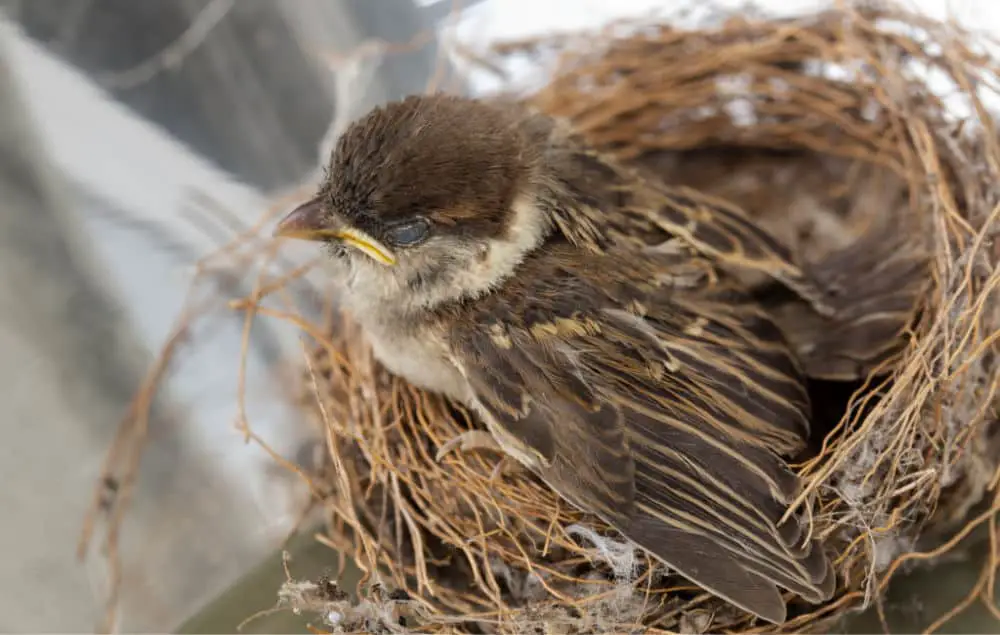
How to Feed a Baby Sparrow
The baby sparrow may need time to adjust to its new environment. Allow the baby bird an hour or so to just settle into its new environment. Also, this is a good time to make sure the baby is warm enough so that it can digest food.
- Place the baby bird in their nest and allow him to warm up – this could take a few minutes to an hour or so.
- Feed the baby sparrow every 20 minutes. They eat very little at a time. As we had earlier discussed, the food you mix for the nestling should not be too dry nor liquidy. However, in the first week of life, you can dilute the mixture with 60 percent water.
- Feed the bird when the crop is empty. A baby bird should naturally open its mouth when gently tapped on the beak to eat. There are also times when the nestling bobs their head in an up and downward motion as it opens its mouth like when the parent bird would feed it.
- If the bird is reluctant to take food from you, gently tap the top of its beak as a sign to open up. The baby bird will begin to recognize you as a source of food within a few feedings. As it grows, feeding becomes less frequent.
You can also encourage the baby bird to gape by nudging on his chest. If that doesn’t work, pry the baby bird’s beak open with your thumb. Be careful as you touch on his chest or pry on the beak.
In the case the baby bird is not showing a strong response to feeding, you can stimulate the same kind of reaction and gently apply pressure at the corners of the mouth and wait for the head bobbing. Once it has opened its mouth, you can now feed it.
However, if the bird doesn’t respond to any attempts to feed it, don’t force it. Force-feeding can increase the chances of food aspiration into the trachea and lungs, leading to death.
- Use syringes when feeding. Syringes are preferred feeding tools in the early stages of caring for a baby sparrow because they record accurate feeding volumes. However, some people would choose to feed the bird using a spoon with the sides bent upward.
- When the baby sparrow starts to chirp and gap, you will know that he is hungry and needs more food. Give him all he wants; you can’t overfeed him. When he has had enough, you may notice a lump forming on his crop, and he will stop taking any more food.
- All food given should be at room temperature – never heated, warmed, chilled, or refrigerated. It also helps to remember to feed bits of food in proportion to the bird’s size, as nestlings need very tiny bites.
- Handle the baby sparrow with care to minimize the risk of injuries during feeding. Nestlings need frequent food given every 10 -20 minutes; therefore, feed the bird often. It takes about four weeks for a baby bird to develop and feed himself.
- Change the feed amount as the bird grows older but continue with the mushed puppy or cat food. If the bird is a little mature, you can allow it to feed by itself. Ensure that you give it small pieces of food, and tweezer-feed it by hand.
Feeding Tools
You need to be careful when feeding a baby sparrow. Several tools are safe and will allow you to feed the nestling adequately. The feeding tools include a pair of tweezers, a plastic forceps, syringes, or thin chopsticks.
To feed the nestling, take a small amount of food with either of the tools we have mentioned above and put it into the baby birds’ mouth. Keep feeding the bird as long as it’s opening the mouth. You signal the bird for more food by tapping the beak with the feeding tool.
Weaning a Baby Sparrow
When to wean a baby bird is often a tough decision for both the owner and the bird. The nestling starts to grow quills from around day 7. These grow through reasonably fast so that by day 11-14, the baby has fluffy feathers and starts to look like a sparrow.
At around four weeks, it’s safe to start leaving small bits of food around the nest. The bird will start to eat the food on its own and take less from your hand. By the age of 6-8 weeks, you can now transition the bird to an adult diet, which can constitute seeds and insects.
Additionally, like any other bird, your house sparrow will need grit to digest the hard items in its diet entirely. Therefore, it’s crucial to offer grains of limestone, cuttlebone, eggshells, ground-up oyster shells, and rough grain. White millet and red millet also make an excellent choice for weaning the baby sparrow.
Important Things to Note
Here are some critical things to keep in mind when feeding and handling a baby sparrow:
- Don’t feed nestlings and fledglings earthworms. There’s something toxic about worms that kills the baby sparrows.
- Baby birds have a small chance of survival. If the baby bird doesn’t survive, it’s not your fault as they are supposed to be raised by their mum in a natural environment.
Conclusion
Although adult house sparrows follow a diet rich in insects, seeds, and berries, baby birds require foods rich in proteins to aid with growth and development. A baby bird without feathers is weak and will need frequent feedings. If you have just rescued a baby sparrow, it’s critical to know what kind of food you need to give it to help it thrive.
There are different options that you can offer the baby sparrow from dog or cat kibble, homemade meals, insects, among other foods. Mushed puppy or cat food will make part of his first diet as you subsequently introduce him to a diet that he can find in his natural habitat.

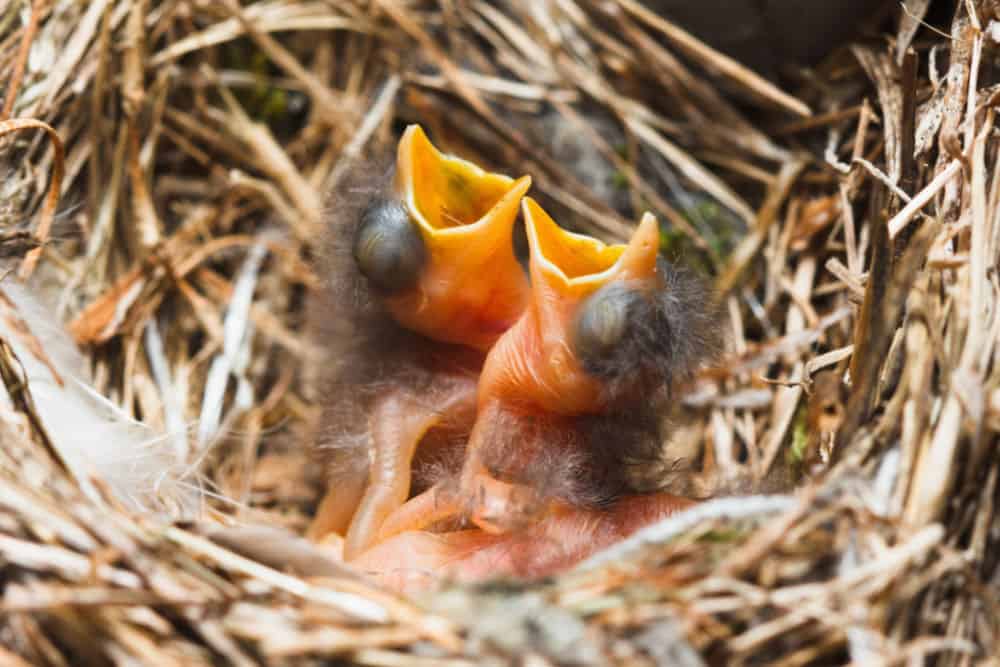
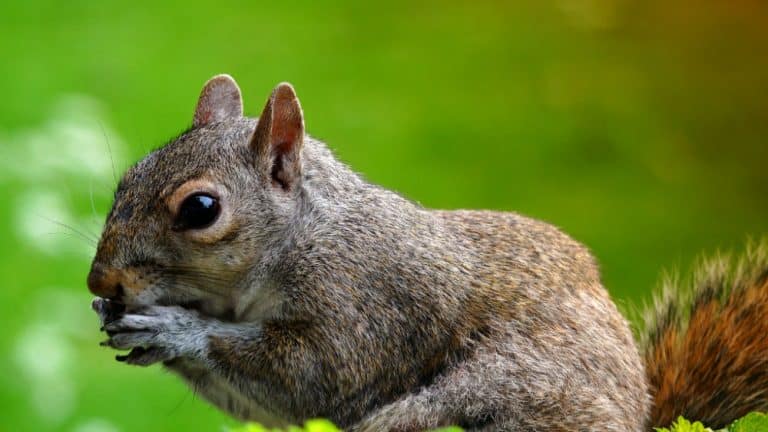
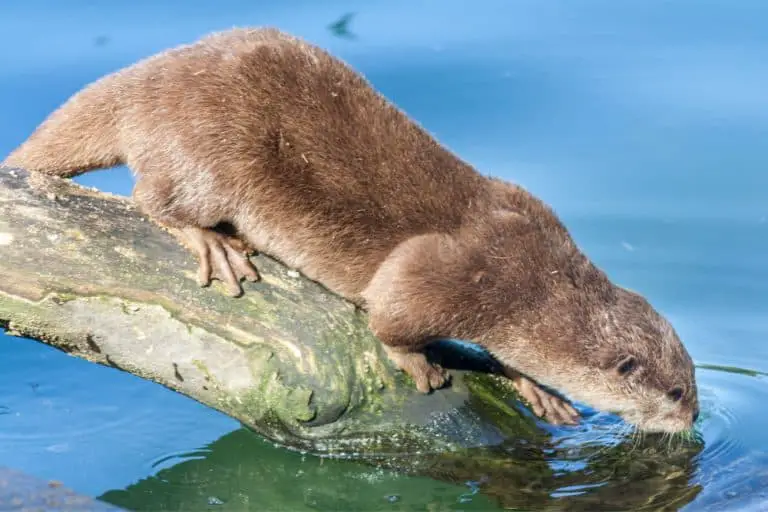
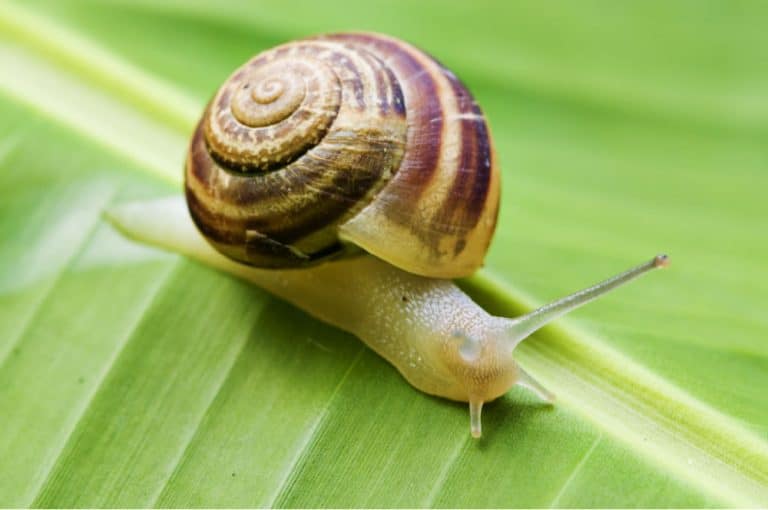
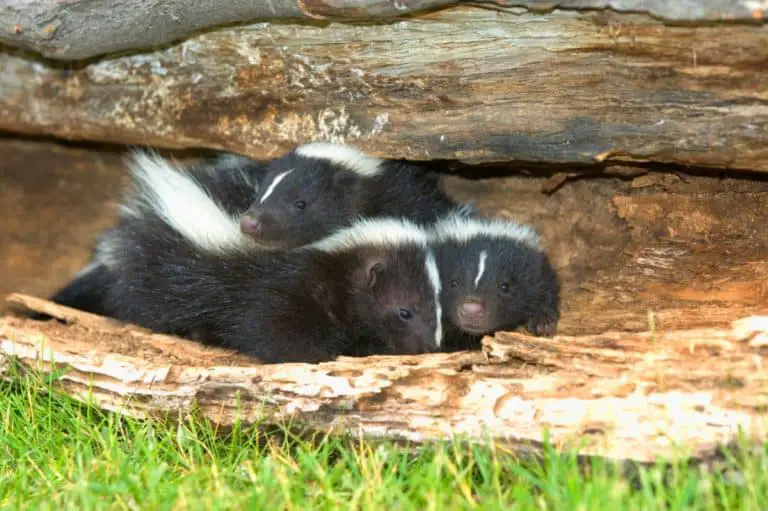
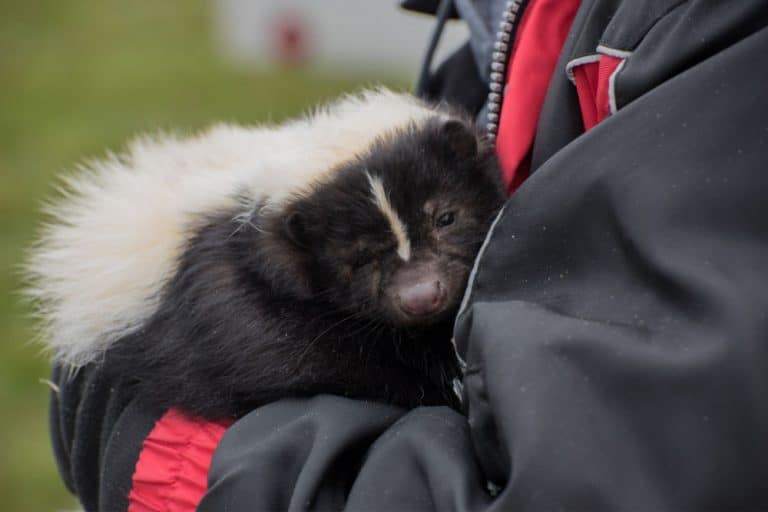
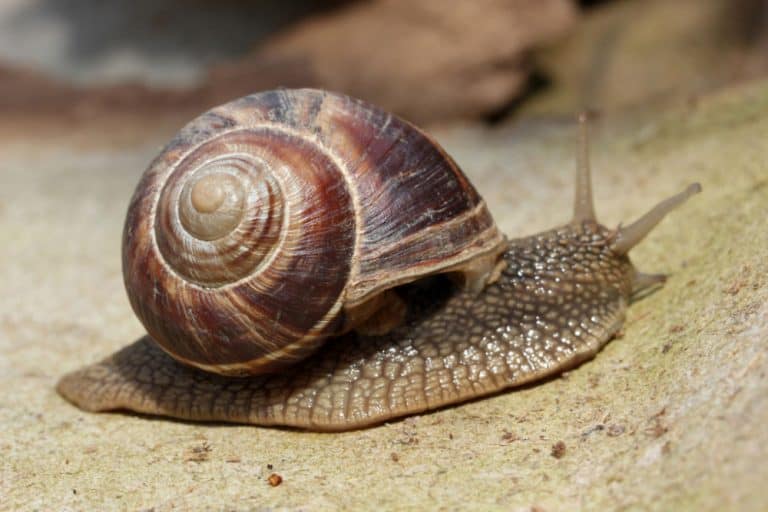
I have found a baby bird and have been feeding it for a couple of weeks. I think it is 3 or 4 weeks old. It does not eat on its own. It doesn’t seem that interested in flying. The parents live outside my door. I have to leave town in a few days. Can’t I just put it outside then? The nest was to high up to put it back in.
I would think if the parents are nearby you may be able to leave it in hopes that the parents will care for it.
I found a baby sparrow..That got scared by the lawnmower, and fell out of it’s nest??? I imagine it still has a few white quills, and almost flew out of a foot tall basket. I saw no nest, and left the basket outside, in the 3 hours left, of daylight. So the parents would know it was here.thank you for your info I will try to save its life, and release it when it can fly.